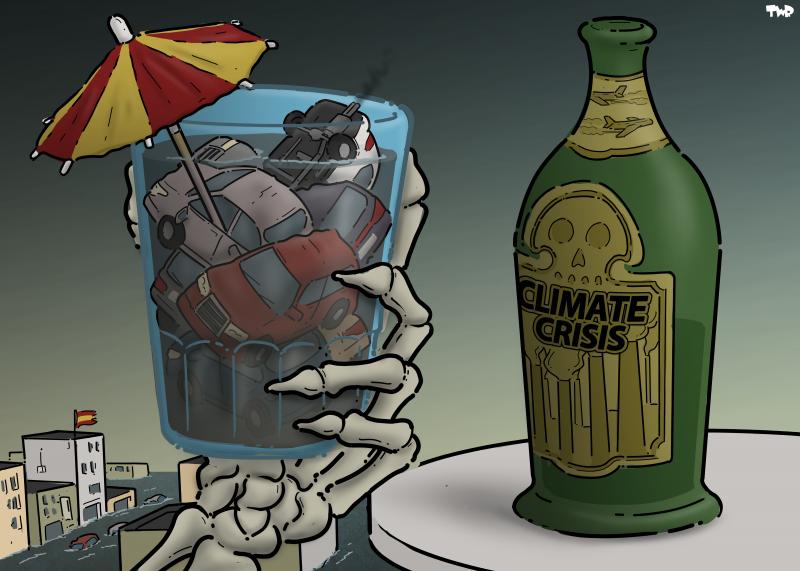Violent floods following rains of unprecedented intensity ravaged Spain's Valencia region on the east coast on the night of 29-30 October, killing at least 220 people. The death toll makes this Europe's worst flood-related disaster since 1967. The number of people missing has yet to be tallied.
This toll is partly attributed to the delay in issuing the alert by the regional authorities and the lack of coordination with the meteorological agency and the central government. The latter dispatched 10,000 police and military personnel to clear away the rubble and search for the missing, while thousands of volunteers were on hand to help.
The intensity of the damage is due in part to massive amounts of water falling in a short space of time - up to 400 litres per square metre - and the high level of urbanisation in the region. The first is attributable to global warming, which is particularly marked around the Mediterranean: the warm, humid air generated by evaporation is transformed into rain when it meets a mass of cold air from northern Europe - a phenomenon known as the "cold drop", or "DANA" in Spanish, which is set to become increasingly frequent in the future.
Do you like our work?
Help multilingual European journalism to thrive, without ads or paywalls. Your one-off or regular support will keep our newsroom independent. Thank you!
















